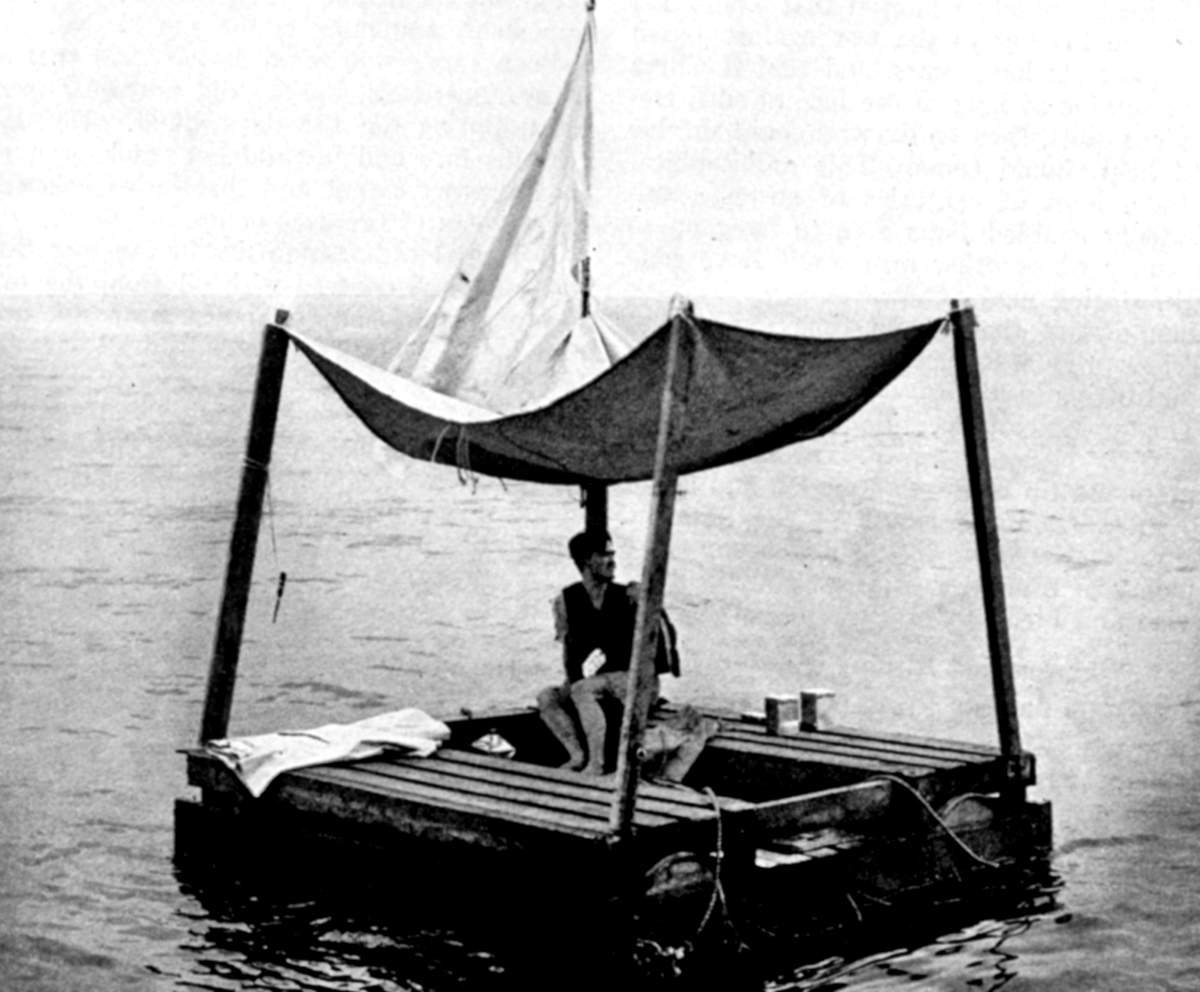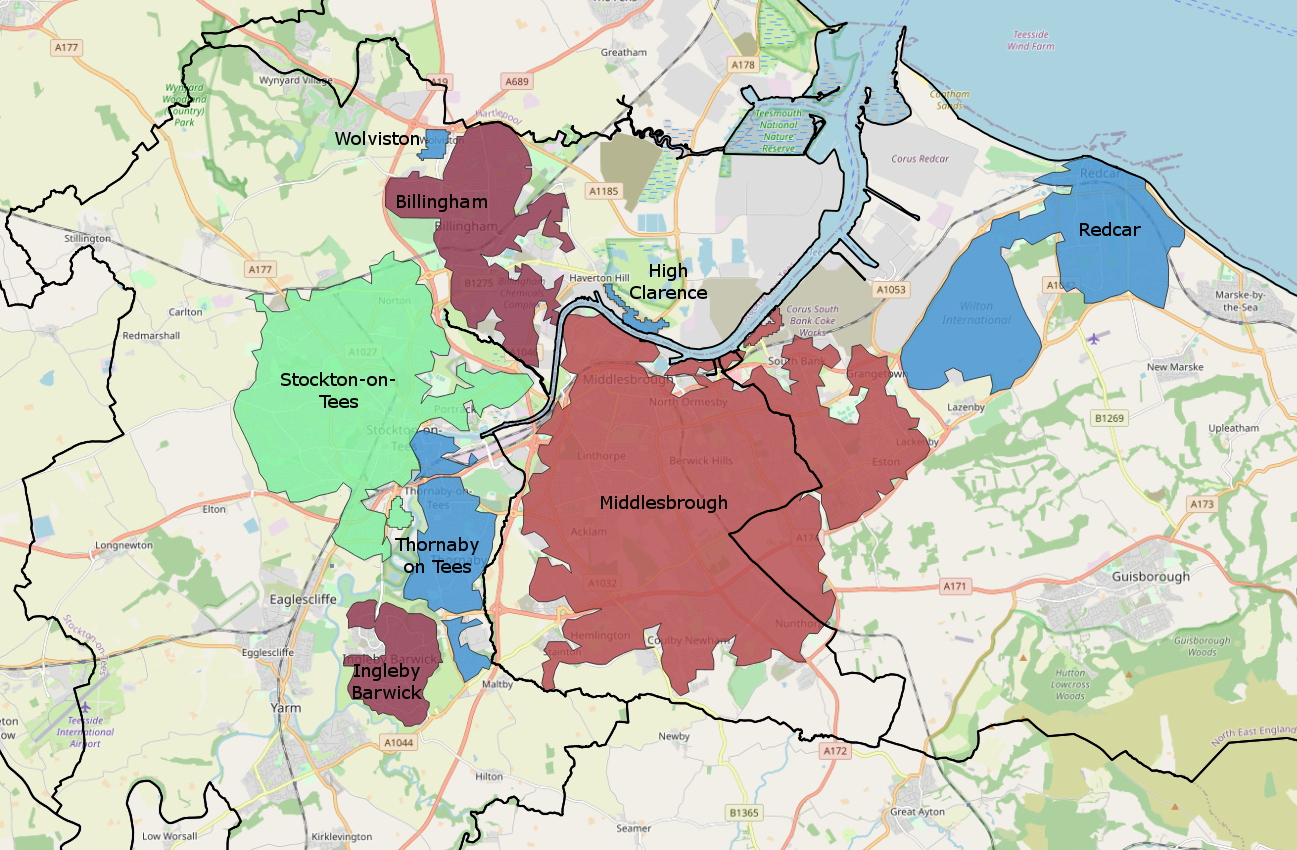|
SS Benlomond (1922)
SS ''Benlomond'' was a British cargo steamship that was built in 1922 as ''Cynthiana'', changed owners and names a number of times, and was sunk by a U-boat in 1942, with the loss of all but one of her 53 ship's company. The sole survivor, Poon Lim, drifted on a raft for 133 days before being rescued. The ship was built on Teesside for the Furness, Withy shipping group, who changed her name to ''Hoosac'', and then to ''London Corporation'', within her first year. In 1937 the Goulandris brothers bought her, renamed her ''Marionga J. Goulandris'', and registered her in Greece. In 1938 Ben Line Steamers bought her, renamed her ''Benlomond'', and returned her to the British registry. She was the third Furness, Withy ship to be called ''Cynthiana'', the first to be called ''Hoosac'', and the first to be called ''London Corporation''. She was the fourth Ben Line ship to be called ''Benlomond''. Building In 1920–22 Irvine's Shilbuilding and Dry Dock Co, in West Hartlepool on ... [...More Info...] [...Related Items...] OR: [Wikipedia] [Google] [Baidu] |
Furness Withy
Furness Withy was a major British transport business. It was listed on the London Stock Exchange. History The company was founded by Christopher Furness and Henry Withy (1852–1922) in 1891 in Hartlepool. This was achieved by the amalgamation of the ''Furness Line'' of steamers with the business of ''Edward Withy and Co.'', iron and steel shipbuilders and repairers, of West Hartlepool, which was founded by Edward Withy (1844-1927), Henry Withy's brother. An early acquisition in 1900 was a controlling interest in Richardsons Westgarth & Company, a marine engineering business. Furness, Withy started with 18 vessels and over the subsequent years it owned in excess of a thousand ships.Furness Withy (Chartering) Limited status: usurped It bought the Prince line in 1916. In 1917 the [...More Info...] [...Related Items...] OR: [Wikipedia] [Google] [Baidu] |
Echo Sounding
Echo sounding or depth sounding is the use of sonar for ranging, normally to determine the depth of water (bathymetry). It involves transmitting acoustic waves into water and recording the time interval between emission and return of a pulse; the resulting time of flight, along with knowledge of the speed of sound in water, allows determining the distance between sonar and target. This information is then typically used for navigation purposes or in order to obtain depths for charting purposes. Echo sounding can also be used for ranging to other targets, such as fish schools. Hydroacoustic assessments have traditionally employed mobile surveys from boats to evaluate fish biomass and spatial distributions. Conversely, fixed-location techniques use stationary transducers to monitor passing fish. The word '' sounding'' is used for all types of depth measurements, including those that don't use sound, and is unrelated in origin to the word ''sound'' in the sense of noise or ton ... [...More Info...] [...Related Items...] OR: [Wikipedia] [Google] [Baidu] |
Richardsons Westgarth & Company
Richardsons Westgarth & Company was a leading British shipbuilding and marine engineering business. The Company was based in Hartlepool and was a major employer in the area. History The company was established in 1832 by Thomas Richardson as a marine engineering concern based in Hartlepool under the name of ''T. Richardson & Sons''. In 1900 it merged with ''Sir C. Furness Westgarth and Company'' of Middlesbrough and '' W. Allen and Company'' of Sunderland to form ''Richardsons Westgarth''. As part of the merger Furness Withy, a shipping business, took a controlling interest in the company.Christopher Furness, Obituary The Times, 11 November 1912 From 1840 to 1857, products included |
Tonnage
Tonnage is a measure of the cargo-carrying capacity of a ship, and is commonly used to assess fees on commercial shipping. The term derives from the taxation paid on ''tuns'' or casks of wine. In modern maritime usage, "tonnage" specifically refers to a calculation of the volume or cargo volume of a ship. Although tonnage (volume) should not be confused with displacement (the actual weight of the vessel), the long ton (or imperial ton) of 2,240 lb is derived from the fact that a "tun" of wine typically weighed that much. Tonnage measurements Tonnage measurements are governed by an IMO Convention (International Convention on Tonnage Measurement of Ships, 1969 (London-Rules)), which initially applied to all ships built after July 1982, and to older ships from July 1994. [...More Info...] [...Related Items...] OR: [Wikipedia] [Google] [Baidu] |
Sister Ship
A sister ship is a ship of the same class or of virtually identical design to another ship. Such vessels share a nearly identical hull and superstructure layout, similar size, and roughly comparable features and equipment. They often share a common naming theme, either being named after the same type of thing or person (places, constellations, heads of state) or with some kind of alliteration. Typically the ship class is named for the first ship of that class. Often, sisters become more differentiated during their service as their equipment (in the case of naval vessels, their armament) are separately altered. For instance, the U.S. warships , , , and are all sister ships, each being an . Perhaps the most famous sister ships were the White Star Line's s, consisting of , and . As with some other liners, the sisters worked as running mates. Other sister ships include the Royal Caribbean International's and . ''Half-sister'' refers to a ship of the same class but with some s ... [...More Info...] [...Related Items...] OR: [Wikipedia] [Google] [Baidu] |
River Tees
The River Tees (), in Northern England, rises on the eastern slope of Cross Fell in the North Pennines and flows eastwards for to reach the North Sea between Hartlepool and Redcar near Middlesbrough. The modern day history of the river has been tied with the industries on Teesside in its lower reaches, where it has provided the means of import and export of goods to and from the North East England. The need for water further downstream also meant that reservoirs were built in the extreme upper reaches, such as Cow Green. Etymology The name ''Tees'' is possibly of Brittonic origin. The element ''*tēs'', meaning "warmth" with connotations of "boiling, excitement" (Welsh ''tes''), may underlie the name. ''*Teihx-s'', a root possibly derived from Brittonic ''*ti'' (Welsh ''tail'', "dung, manure"), has also been used to explain the name ''Tees'' (compare River Tyne). Geography The river drains and has a number of tributaries including the River Greta, River Lune, River Balder, ... [...More Info...] [...Related Items...] OR: [Wikipedia] [Google] [Baidu] |
Thomas Nelson (publisher)
Thomas Nelson is a publishing firm that began in West Bow, Edinburgh, Scotland, in 1798, as the namesake of its founder. It is a subsidiary of HarperCollins, the publishing unit of News Corp. It describes itself as a "world leading publisher and provider of Christian content". Its most successful title to date is '' Heaven Is for Real''. In Canada, the Nelson imprint is used for educational publishing. In the United Kingdom, it was an independent publisher until 1962, and later became part of the educational imprint Nelson Thornes. British history Thomas Nelson Sr. founded the shop that bears his name in Edinburgh in 1798, originally as a second-hand bookshop at 2 West Bow, just off the city's Grassmarket, recognizing a ready market for inexpensive, standard editions of non-copyright works, which he attempted to satisfy by publishing reprints of classics. By 1822, the shop had moved to 9 West Bow, and a second shop had opened at 230 High Street, on the Royal Mile. In 1835, ... [...More Info...] [...Related Items...] OR: [Wikipedia] [Google] [Baidu] |
World Ship Society
The World Ship Society (WSS) is an international society devoted to maritime and naval history. Founded in 1946 as Ship News Club in order to distribute shipping information to correspondents, the society now has thousands of members in dozens of branches across the world. It publishes the monthly magazine ''Marine News'' and the quarterly magazine ''Warships'' for its membership. History In 1946 Michael Crowdy started a mailing list in the United Kingdom. In order to share a growing amount of information regarding ships, Crowdy founded the Ships News Club and published two news lists covering all ships in alphabetical order. These two lists, published in 1947, are acknowledged by the WSS to be the first two editions of the ''Marine News''. From 50 Correspondents at the start of 1947, by the end of the year members of the Ship News Club numbered 200 and 330 in July 1948. Notable amongst its early members were the then editor of Jane's Fighting Ships, Francis McMurtrie, and fo ... [...More Info...] [...Related Items...] OR: [Wikipedia] [Google] [Baidu] |
Kingdom Of Greece
The Kingdom of Greece ( grc, label=Greek, Βασίλειον τῆς Ἑλλάδος ) was established in 1832 and was the successor state to the First Hellenic Republic. It was internationally recognised by the Treaty of Constantinople, where Greece also secured its full independence from the Ottoman Empire after nearly four centuries. The Kingdom of Greece was dissolved in 1924 and the Second Hellenic Republic was established following Greece's defeat by Turkey in the Asia Minor Campaign. A military ''coup d'état'' restored the monarchy in 1935 and Greece became a Kingdom again until 1973. The Kingdom was finally dissolved in the aftermath of a seven-year military dictatorship (1967–1974) and the Third Hellenic Republic was established following a referendum held in 1974. Background The Greek-speaking Eastern Roman Empire, also known as Byzantine Empire, which ruled most of the Eastern Mediterranean region for over 1100 years, had been fatally weakened since the sackin ... [...More Info...] [...Related Items...] OR: [Wikipedia] [Google] [Baidu] |
Teesside
Teesside () is a built-up area around the River Tees in the north of England, split between County Durham and North Yorkshire. The name was initially used as a county borough in the North Riding of Yorkshire. Historically a hub for heavy manufacturing, the number of people employed in this type of work declined from the 1960s onwards, with steel-making and chemical manufacturing (particularly through Imperial Chemical Industries) replaced to some extent by new science businesses and service sector roles. History 1968–1974: County borough Before the county of Cleveland was created, the area (including Stockton-on-Tees) existed as a part of the North Riding of Yorkshire, due to most land being south of the Tees. Teesside was created due to Stockton-on-Tees being linked heavily with Thornaby (which had amalgamated with South Stockton/Mandale to form the Borough of Thornaby), Middlesbrough and Redcar by industry. Compared to the modern Teesside conurbation, the area was sma ... [...More Info...] [...Related Items...] OR: [Wikipedia] [Google] [Baidu] |
Poon Lim
Poon Lim BEM (; 8 March 1918 – 4 January 1991) was a Chinese sailor who survived 133 days alone in the South Atlantic. Lim worked as second steward on , a British merchant ship that was sunk by , a German U-boat, on 23 November 1942. He soon found an wooden raft with supplies. When the supplies ran low, Lim resorted to fishing, catching seabirds, and rain collection. On 5 April 1943, Lim was rescued by three Brazilian fishermen as he neared the coast of Brazil. After his return to the United Kingdom, Lim was awarded a British Empire Medal by King George VI. After the war, Lim emigrated to the United States. World War II Lim was born on China's Hainan Island on 8 March 1918. In 1942, during World War II, he was working as second steward on the British armed merchant ship , which was on its way from Cape Town to Paramaribo and New York. The ship was armed but slow moving and was sailing alone instead of in a convoy. On 23 November, , a German U-boat, intercepte ... [...More Info...] [...Related Items...] OR: [Wikipedia] [Google] [Baidu] |





.jpg)